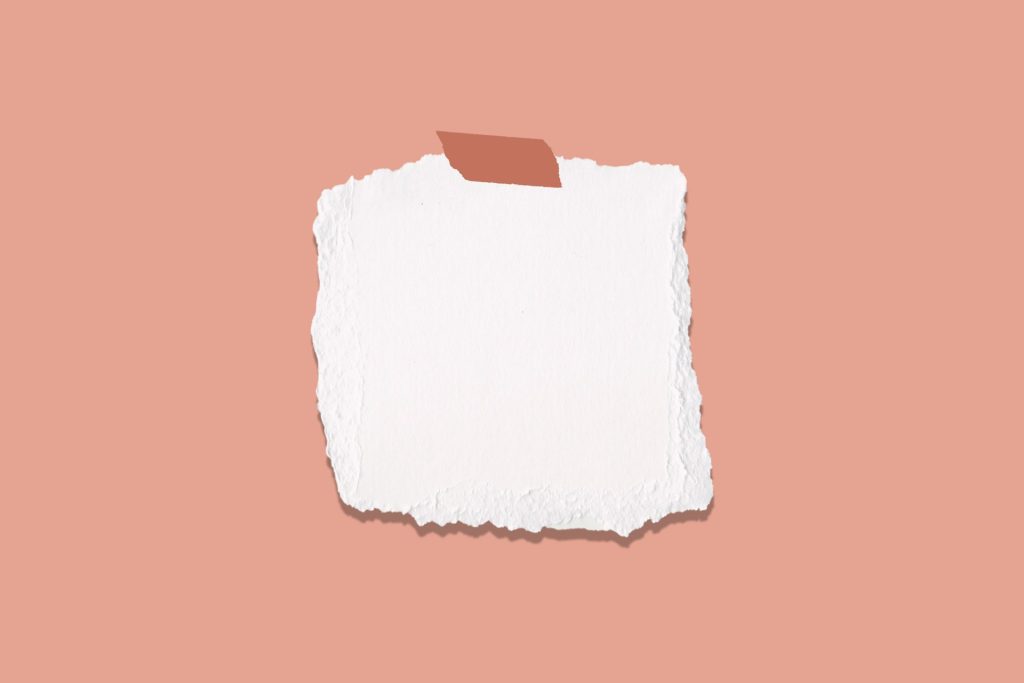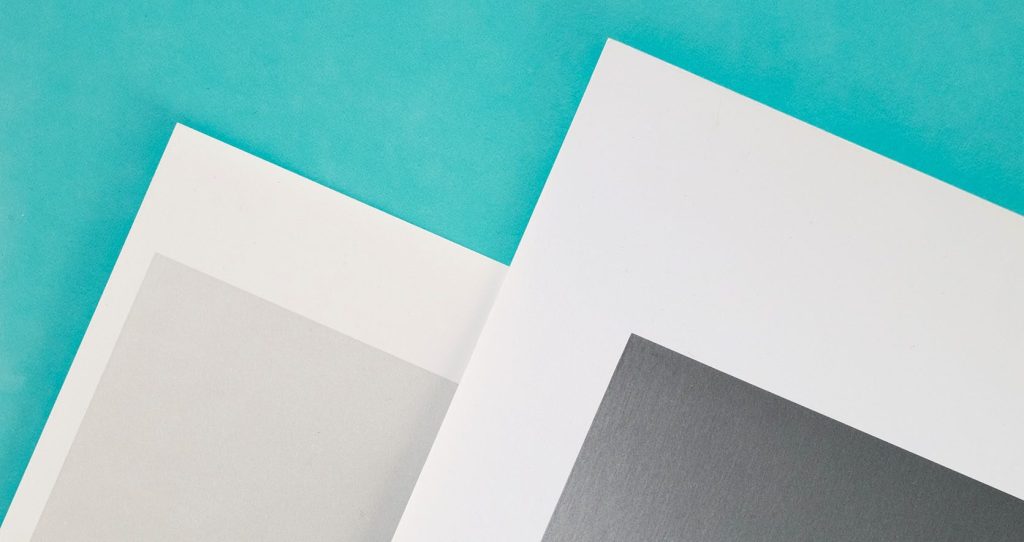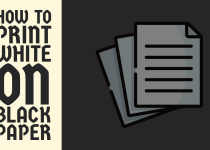How to Make Paper Hard and Glossy – Easy Steps to Follow

Paper is a versatile material that finds its application in various domains, from arts and crafts to packaging and printing. While regular paper serves its purpose well, there are instances where you may require a harder and glossier surface.
Hard and glossy paper can enhance the durability, appearance, and functionality of your projects. Whether you are creating business cards, book covers, or art pieces, achieving a hard and glossy finish can elevate the overall quality and appeal of your work.
In this comprehensive guide, we will explore different methods and techniques to transform ordinary paper into a hard and glossy masterpiece.
Understanding the Properties of Hard and Glossy Paper

Before we delve into the methods of making paper hard and glossy, it’s essential to understand the properties that characterize such paper.
Hard paper refers to a paper that has a rigid and sturdy structure, resistant to bending, tearing, or creasing. This hardness is achieved by increasing the paper’s thickness, density, or by applying additional layers of material.
On the other hand, glossy paper has a shiny and reflective surface that enhances the vibrancy and clarity of printed colors and images. The glossiness is typically obtained by coating the paper with a layer of resin, varnish, or other glossy substances.
Method 1: Lamination

Lamination is a popular and effective method to make paper hard and glossy. It involves sealing the paper between two sheets of plastic film using heat and pressure.
The lamination process not only provides a protective layer but also imparts a glossy finish to the paper. Here is how to laminate your paper.
Step 1: Choose the Right Laminating Pouch
Select a laminating pouch that is suitable for the thickness and size of your paper. Laminating pouches come in various sizes and thicknesses, ranging from thin 3 mil pouches to thicker 10 mil pouches. Consider the desired level of hardness and durability when choosing the pouch thickness.
Step 2: Prepare the Paper
Ensure that your paper is clean, dry, and free from any debris or dust particles. Trim the paper to the desired size, leaving a small margin around the edges to accommodate the lamination process.
Step 3: Place the Paper in the Laminating Pouch
Open the laminating pouch and carefully insert the paper, ensuring that it is centered and aligned properly. If your paper has a specific orientation or design, make sure it is placed correctly within the pouch.
Step 4: Use a Laminating Machine
Feed the laminating pouch with the paper inside into a laminating machine. Follow the manufacturer’s instructions for operating the machine, including temperature settings and processing time.
The laminating machine will apply heat and pressure to seal the pouch and adhere the plastic film to the paper.
Step 5: Trim the Excess Laminate
Once the lamination process is complete, allow the laminated paper to cool for a few minutes. Using a sharp pair of scissors or a trimmer carefully cut off any excess laminate around the edges of the paper, leaving a small sealed border.
Related Article: How to Dry Ink on Glossy Paper
Method 2: UV Coating

UV coating is another effective method to achieve a hard and glossy finish on paper. This process involves applying a layer of UV-curable liquid onto the paper’s surface and exposing it to ultraviolet light to cure and harden the coating.
UV coating provides a durable, scratch-resistant, and high-gloss finish. Here is how to apply UV coating to your paper.
Step 1: Select the Appropriate UV Coating
Choose a UV coating that is compatible with your paper type and desired finish. UV coatings come in different formulations, such as high-gloss, semi-gloss, or matte. Consider the level of glossiness and protection you want to achieve.
Step 2: Prepare the Paper Surface
Ensure that your paper is clean, dry, and free from any contaminants. If necessary, use a lint-free cloth or compressed air to remove any dust particles from the surface.
Step 3: Apply the UV Coating
Using a foam roller or a specialized UV coating machine, apply an even layer of the UV coating onto the paper’s surface. Make sure to cover the entire area uniformly, avoiding any bubbles or uneven patches.
Step 4: Cure the UV Coating
Place the coated paper under a UV lamp or expose it to UV light using a UV curing machine. The exposure time will vary depending on the type of coating and the intensity of the UV light. Follow the manufacturer’s guidelines for the curing process.
Step 5: Allow the Coating to Harden
After exposure to UV light, allow the coated paper to cool and harden completely. The curing process will transform the liquid coating into a solid, glossy, and durable layer on the paper’s surface.
Method 3: Resin Coating

Resin coating is a technique that involves applying a layer of resin onto the paper’s surface to create a hard and glossy finish.
This method is commonly used in the production of high-quality photographic prints and art prints. Here is exactly how to apply resin coating to your paper.
Step 1: Choose the Suitable Resin
Select a resin that is specifically designed for paper coating applications. Two-part epoxy resins or UV-curable resins are popular choices for their durability and glossiness.
Step 2: Prepare the Work Area
Cover your work surface with a protective sheet or newspapers to avoid any resin spills or drips. Ensure adequate ventilation in the area, as some resins may emit fumes during the curing process.
Step 3: Mix the Resin
If using a two-part epoxy resin, mix the resin and hardener according to the manufacturer’s instructions. Stir the mixture thoroughly to ensure even distribution.
Step 4: Apply the Resin
Pour a sufficient amount of resin onto the center of the paper. Using a foam brush or a spreader tool, gently spread the resin evenly across the entire surface of the paper. Be careful not to create any air bubbles or uneven patches.
Step 5: Let the Resin Cure
Allow the resin-coated paper to cure according to the resin’s curing time. This process may take several hours or even days, depending on the type of resin used. Follow the manufacturer’s guidelines for the curing process.
Related Article: How to Keep Ink From Smearing on Glossy Paper
Conclusion
Making paper hard and glossy is a transformative process that can enhance the quality, durability, and visual appeal of your paper-based projects. Whether you choose to laminate, apply UV coating, or use resin coating, each method offers its own set of benefits and results.
Lamination provides a quick and easy way to achieve a hard and glossy finish, while UV coating offers superior scratch resistance and high-gloss options. Resin coating, on the other hand, creates a thick, durable, and glossy layer that is ideal for high-end applications.
Consider the specific requirements of your project, the level of hardness and glossiness desired, and the available resources when selecting the most suitable method.
By following the steps outlined in this guide, you can transform ordinary paper into a hard and glossy masterpiece that stands out and leaves a lasting impression.
Frequently Asked Questions (FAQs)
1. How to make paper more stiff?
To make paper stiffer, you can try the following techniques.
- Use a spray starch or a mixture of equal parts white glue and water, then apply it evenly to the paper and allow it to dry completely.
- Laminate the paper using a laminating machine or self-adhesive laminating sheets.
- Mount the paper onto a rigid backing, such as cardboard or foam board, using an adhesive like double-sided tape or glue.
- Use a heavier weight or cardstock paper, which is inherently stiffer than regular paper.
2. How do you make paper more rough?
To make the paper more rough, you can experiment with various techniques. One method involves applying a textured medium, such as gesso or modeling paste, to the surface of the paper using a brush or palette knife.
Once the medium dries, it will create a rough and tactile surface. Another option is to use sandpaper to lightly sand the paper, which will create a more textured feel. However, be cautious not to sand too aggressively, as this may damage the paper.
Lastly, you can try adding materials like salt, sand, or coffee grounds to wet paint or ink on the paper. As the paint or ink dries, these materials will create a unique, gritty, and rough texture on the surface of the paper.
3. How to make paper hard and waterproof?
To make paper hard and waterproof, you can employ a few different methods. One option is to use a polyurethane or acrylic sealant, which can be applied to the surface of the paper with a brush or spray.
Another technique involves laminating the paper using a heat laminator or self-adhesive laminating sheets, which will create a protective, waterproof layer.
You can also try coating the paper with a mixture of equal parts melted beeswax and paraffin wax, which will harden and waterproof the paper once cooled.



